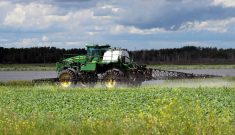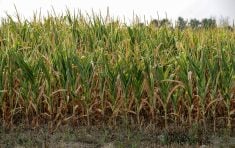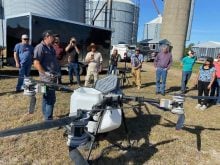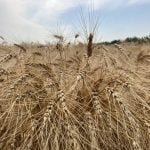A series of long-term studies in southern Ontario are showing the value of cover crops and boosting soil organic matter.
When combining data across experiments and research stations, University of Guelph soil scientist Laura Van Eerd said researchers consistently saw higher corn and soybean yields correlate to higher soil organic matter.
Van Eerd spoke during a webinar hosted by the Manitoba Organic Alliance (MOA) on Nov. 9.
Read Also
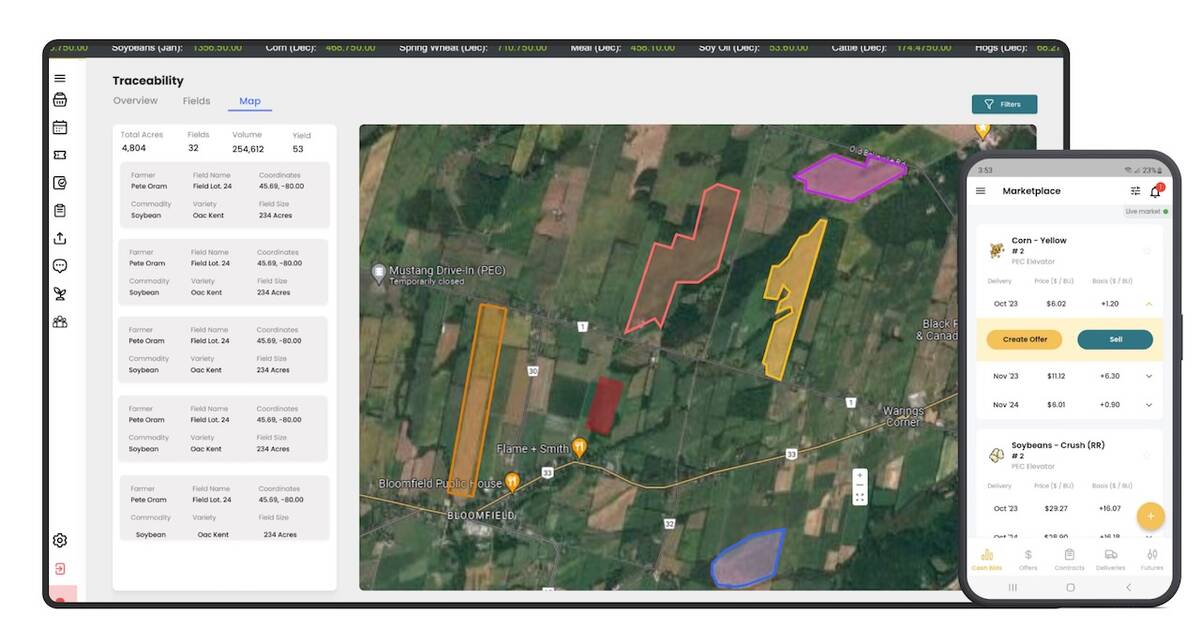
Ontario company Grain Discovery acquired by DTN
Grain Discovery, an Ontario comapny that creates software for the grain value chain, has been acquired by DTN.
Why it matters: Ontario research shows that cover crops add organic matter to the soil, which helps improve yields.
They also saw less deviation in yield year to year on plots with higher soil organic matter despite drought or excessive moisture.
One long-term trial has compared five cover crop treatments, plus a control without a cover crop, for 14 years. Treatments were oats, cereal rye, radishes, and a combination of rye and radish. Researchers rotated through a combination of vegetables and cash crops comparable to processing vegetable production rotations in the area.
In eight years, they planted six rounds of cover crops. “(A) relatively short time when talking about soil health,” Van Eerd said.
Van Eerd’s co-researchers measured a 22 per cent increase in soil carbon stores in that period. Crop yields in that time averaged four to 11 per cent increases. Profit margins increased five to nine per cent, though Van Eerd said tomatoes dominated the increases as they responded well to cover crop treatments and offered higher profits for a small increase.
A collaboration with the Ontario Soil Health Institute showed that its cover crops increased soil organic matter between three and four per cent after 12 years, depending on the treatment used.
“We do have the soil moisture, we do have the long growing season to accumulate above-ground and below-ground biomass,” Van Eerd said.
“But what I think we’re seeing now is the value of those cover crops to the rotation, the value of that organic matter to the rotation,” she added.
An experiment in 2020 involved planting grain corn on ground that had been cover cropped 10 times over 13 years versus ground that had not seen cover crops. They planted corn with 30 lb./ac. of nitrogen.
They saw “night and day” results, said Van Eerd. “The no-cover was shorter. And it actually turned into yield gains — and pretty substantial yield gains.”
Depending on the cover crop treatment, the plots that were cover cropped saw increases from six to 59 bu./ac.
Oat cover crop treatments produced the lowest increase while radishes produced the highest. Van Eerd said they didn’t have a definite reason why.
In 2021, they repeated the experiment and saw similar results — Van Eerd didn’t yet have yield data.
The next task is to determine why the cover crops are working, she said.
“I think these cover crops are stabilizing soil organic matter,” she said, adding she doesn’t know by what mechanism it does this.
Soil can stabilize organic matter by protecting it within an aggregate, but their soil is sandy and doesn’t aggregate easily. Organic matter can stabilize through chemical absorption to soil mineral. This may be in play, she said.
Matter can also stabilize through the addition of plant and microbial residues, which enhance microbial communities. These release organic matter and stabilize it.
“I think this is what’s happening in our experiment,” Van Eerd said.





